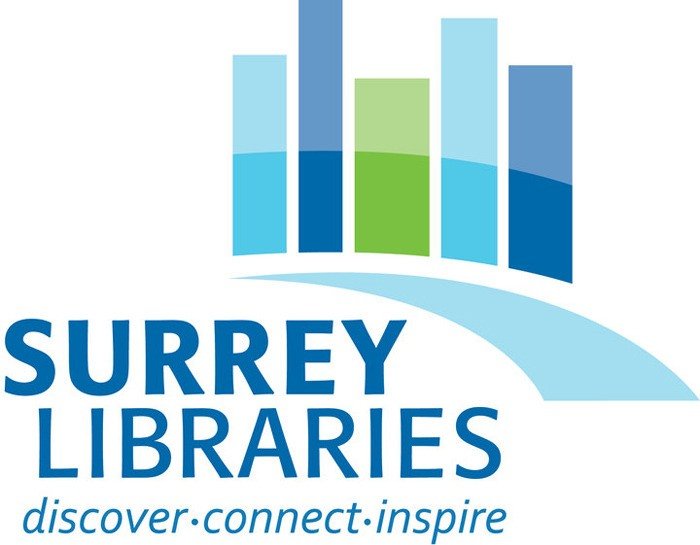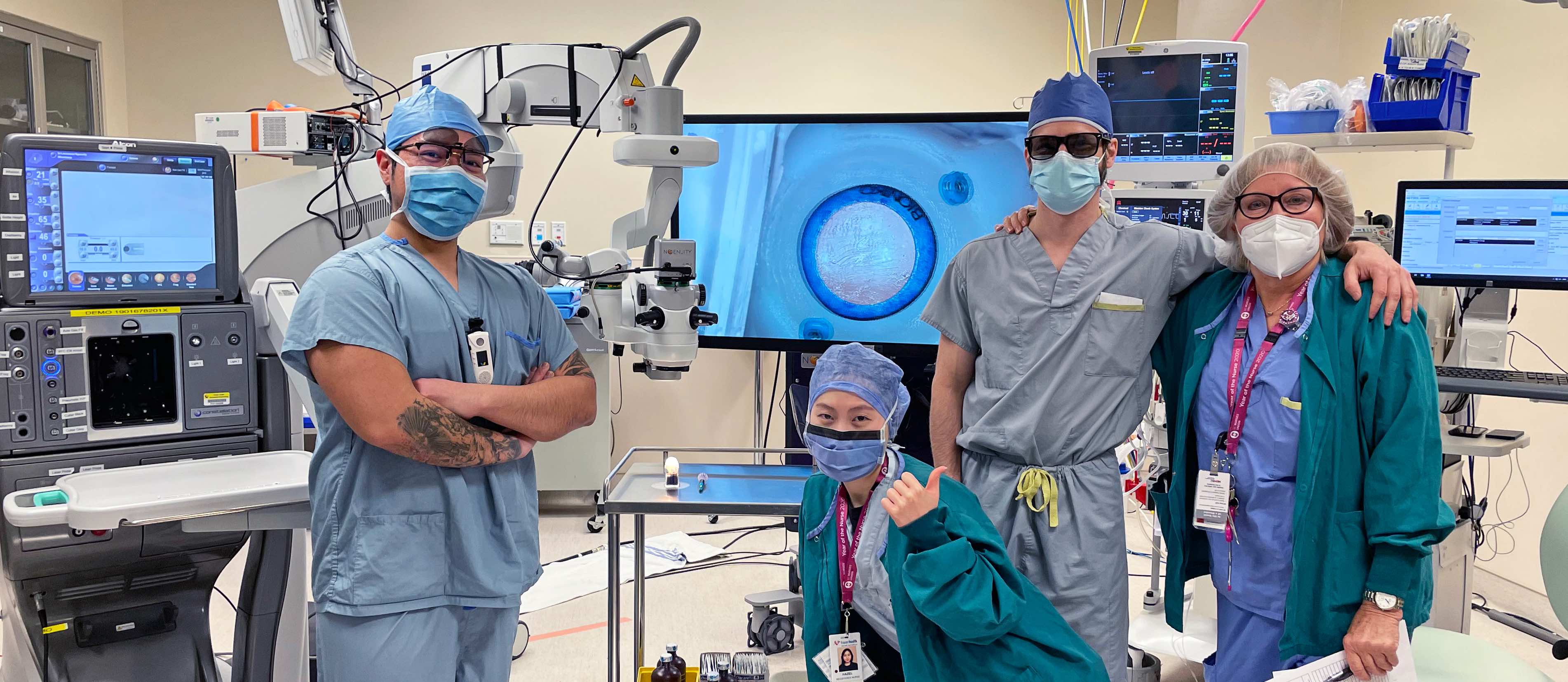DESIBUZZCanada
Events Listings
Dummy Post

International Day Of Yoga To Be Virtually Celebrated Saturday At 4pm

CANCELLED: Coronavirus Fears Kills Surrey’s Vaisakhi Day Parade

ADVERTISE WITH US: DESIBUZZCanada Is The Most Read South Asian Publication Online

SURREY LIBRARIES: Get Technology Help At Surrey Libraries

WALLY OPPAL: Surrey Police Transition Update On Feb. 26

GONE ARE THE DAYS - Feature Documentary Trailer

Technology Help At Surrey Libraries

Birding Walks

Plea Poetry/short Story : Youth Contest

International Folk Dancing Drop-in Sessions
Surrey Memorial Hospital Gets BC’s First Digitally-Assisted 3D Visualization Eye Surgery Technology
- April 22, 2022

Surrey Memorial Hospital is getting BC’s first 3D visualization systems after investing $290,000 for two digitally-assisted 3D visualization systems for vitreoretinal surgery, a state-of-the-art surgical technology that will enable eye surgeons to better perform highly specialized retinal surgeries, a first-of-its-kind technology in BC.
By DESIBUZZCanada Staff
SURREY – Surrey Memorial Hospital is getting BC’s first 3D visualization systems after investing $290,000 for two digitally-assisted 3D visualization systems for vitreoretinal surgery, a state-of-the-art surgical technology that will enable eye surgeons to better perform highly specialized retinal surgeries, a first-of-its-kind technology in BC.
Retinal diseases are the number one cause of blindness in the developed world, with 5.59 million Canadians (or 1 in 7) having eye diseases that put them at risk of losing their vision. As Canada’s population ages, the number of people living with vision loss is expected to double. By 2032, vision loss is expected to cost Canadian taxpayers $30.3 billion.
“Thanks to the Surrey Hospital Foundation, we are able to leverage this Surgical Vitrectomy System, considered the gold-standard in vitreoretinal surgery platforms, to create a completely immersive visualized surgical experience and maximize the best of our capabilities for the most optimal patient outcomes,” says Dr. Steve Levasseur, Retinal Surgeon and Department Head of Vitreoretinal Surgery, Surrey Memorial Hospital.“This 3D technology also improves our ability to teach our international fellows, licensed ophthalmologist training under our team, to become world leaders in the field of retina.”
Surrey is the home of the busiest vitreoretinal surgery team, providing services to patients across BC at Surrey Memorial Hospital (SMH) and Jim Pattison Outpatient Care and Surgery Centre (JPOCSC).
The Foundation’s investment will support the increasing demand of vitrectomy surgeries, a sub-specialty of ophthalmology focused on diseases and surgery of the eye including the retina and the vitreous/fluid body of the eye.
The Surgical Vitrectomy System provides significant improvements for the surgical team, patients, and fellows. The System comes with several technical advantages:
- The large digitally assisted 3D visualization system provides 50 per cent more magnification and 5 times the depth of field and 42 per cent more stereopsis (3D vision) compared to the regular analogue microscopes.
- It offers digital illumination modulation, allowing the surgeon to work at a much lower light intensity while maintaining excellent image quality, which prevents toxic light exposure to the retinal tissue, making surgery safer for patients.
- The new technology has the ability to maintain a precise infusion pressure with minimal fluctuation and greater stability during surgical manoeuvres which is paramount to patient safety.
- Retinal surgeries are usually performed using traditional microscopes, forcing surgeons to hold a tiring position during the procedure. The new system allows for better positioning and posture, which enables surgeons to perform surgeries in a more ergonomically correct position.


















